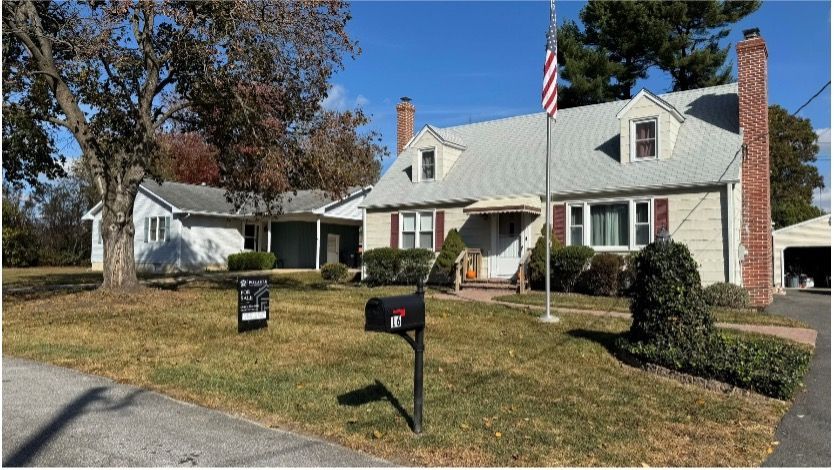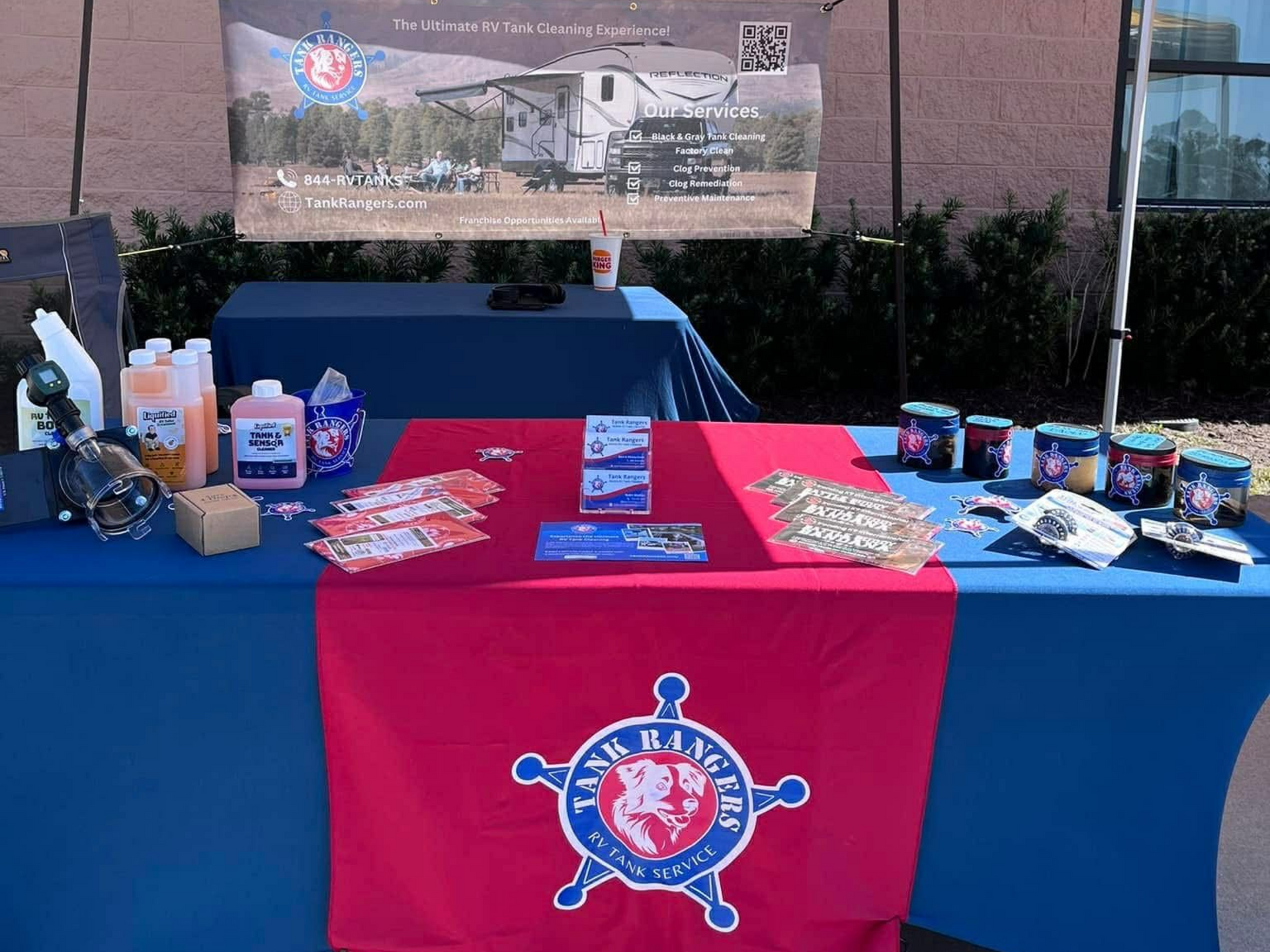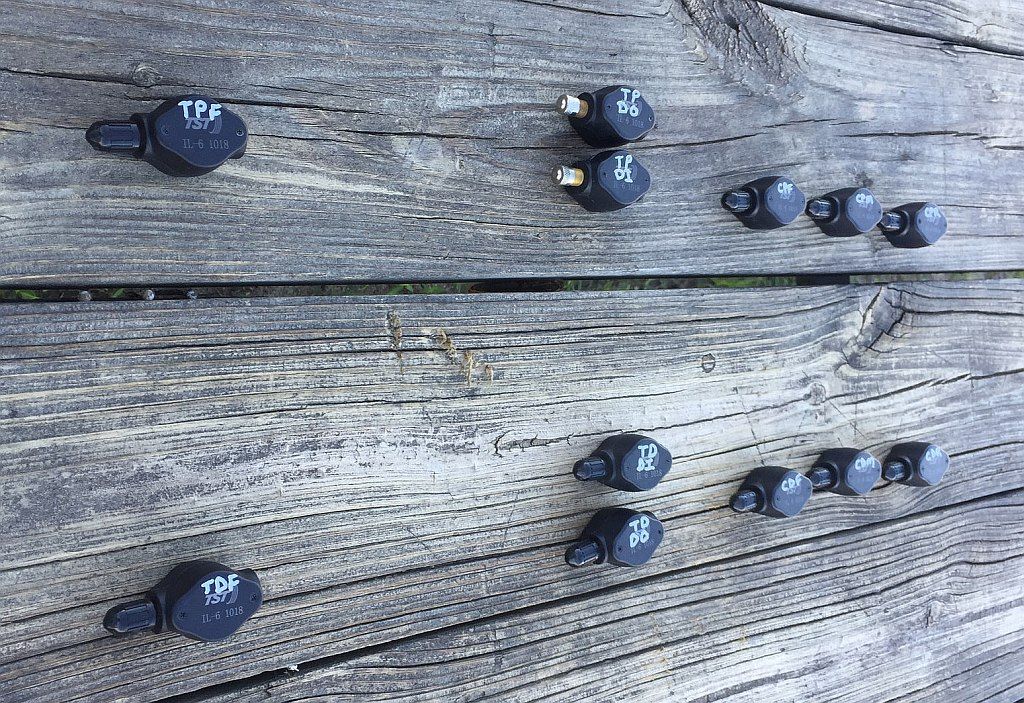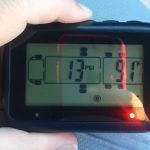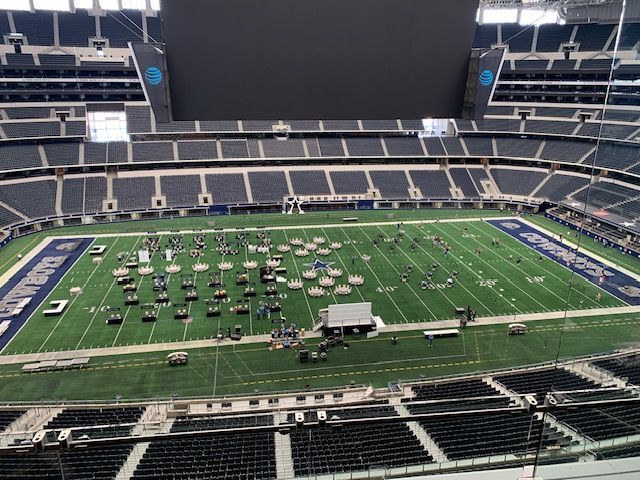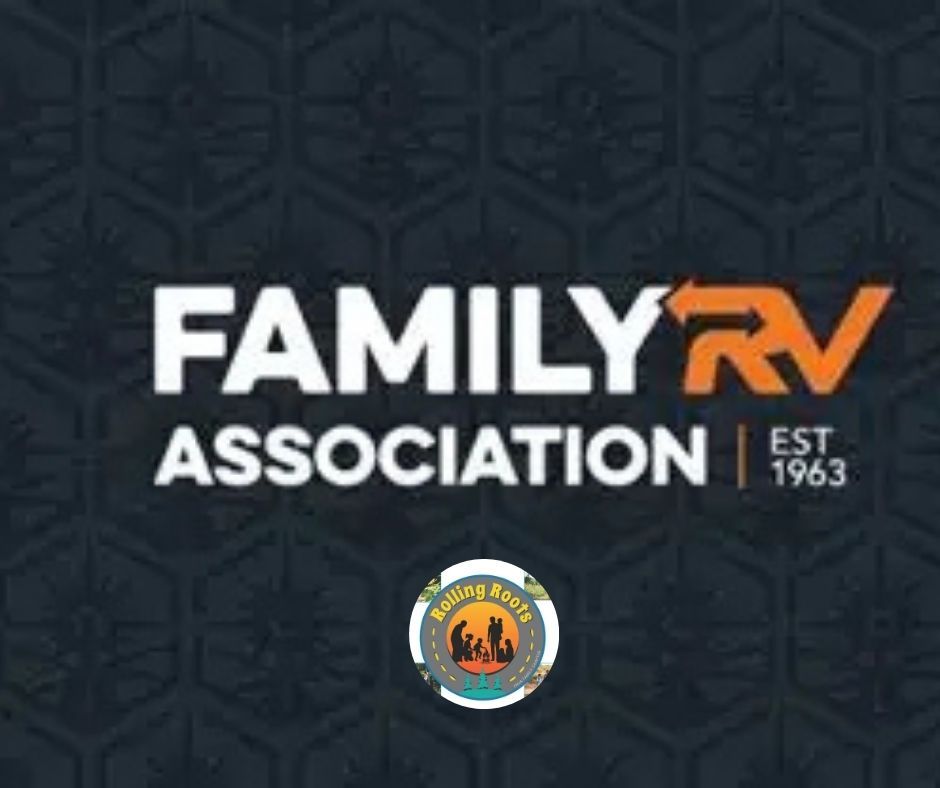How To Use Your TPMS
Doug S • April 28, 2025
I’ve answered the question a few times on forums and recently fielded a set of questions on a Facebook group that essentially read, “ I got a tire pressure monitoring system (TPMS) because everyone says I am supposed to have one, but the TPMS hasn’t made me feel any better and, if anything, it’s added to my stress as I am constantly watching the TPMS and wondering what all of it means. ”
If you’re in the same boat, let’s try to set your mind at ease . I use a TPMS by Truck System Technologies (TST) so my answers are biased to the information they provide. I imagine most TPMS makers have similar guidance , but possibly not 100% the same.
Programming the Monitor
Question 1 : “ If I have load range F tires that require 95 psi cold, what should I set my high and low range for pressure on the TPMS? ”
Answer 1 : For the high pressure , the instruction manual says to “ adjust the high-pressure alarm 20-25% over your normal tire pressure “. So, a psi of 95 * 1.2 = 114 and 95 * 1.25 = 119. I’d likely split that down the middle and pick 116 psi. For other folks with different tire pressures, if your tires are load range E at 80 psi, then the range would be 96-100 psi (80 * 1.2 = 96 to 80 * 1.25 = 100) and again, I’d split that down the middle at about 98 psi. For LR G tires at 110 psi, you’d go for 135 (132-138).
For the low pressure , the instruction manual says to “ adjust the low-pressure alarm 10% below your normal tire pressure “. For a psi of 95, that would be 95 * .9 = 85 psi. And again for other folks, for LR E, you’re looking at a starting psi of 80 which would give you 80 * .9 = 72 psi. Jumping up to LR G and 110 psi, your lower limit is 99 psi.
If I get a minute, I’ll create a tool over at TowingPlanner.com for this. But as you can see, it’s fairly straight forward math to figure it out .
Question 2 : “ Same tires, what should be the high and low temp set on the TPMS? ”
Answer 2 : temperature is usually a single setting for the alarm and TST has a generic blanket statement of, “ We recommend leaving this temperature setting at the default 158° for all types of tires. ” There is something about that temperature being where tires start to fail, but for me- they say to set it there, so I set it there (and in fact, my monitor was pre-set to that and I simply didn’t change it).
Watching the Monitor and Stressing Over It
Question 3 : “ What’s the normal variance between tires when traveling… for example, should all the tires be within 1-2 psi, and degrees, of each other when traveling or is there more of a dispersion than that? ”
Answer 3 : I think this is the crux of the stress for people. Sometimes information and data are a good thing; sometimes it can quickly become overwhelming. First things first, relax.
Differences can be pretty drastic. The side that is in the sun can be as high 5-10 psi and 10+ degrees F higher than the opposite/shadowed side .
Now, an interesting point: if you have variances when you take off in the morning, they’ll typically stay fairly consistent throughout the day. On move days, I’ll turn on the TPMS and take a quick glance through all of the tires. More often than not, one tire is 3-4 psi lower than the rest; I find this stays fairly consistent over the course of the drive.
The biggest thing you’re looking for is a major difference with 1 tire vs. the others on the rig . If I have one tire that drops or climbs in pressure , I’ll figure out where to start pulling over.
When we first got the TPMS, I watched it like a hawk (I also knew I was overloaded as we had just launched as fulltimers)… I had 1 tire of my 4 trailer tires start climbing in pressure and temperature, turns out I had a broken belt in that tire. By slowing down, I was able to limp into the campground (maybe 20-25 miles). That said, a bit of travel and I honestly don’t watch it this closely any longer.
“What Am I Forgetting?”
Question 4 : “What am I forgetting?”
Answer 4 : You’re forgetting to relax. Seriously. It’s great information and is an absolute asset to your arsenal.

I start the TPMS as part of my hitching up process. I take a look at the TPMS before we get on the road and make a mental note of where the numbers are at. If anything looks amiss, I’ll inspect it and figure out what’s going on. Provided it doesn’t throw alarms, I will then likely not look at it for another 1/2 hour or so. And then we’ll spot check it about hourly or so.
I’m basically watching to make sure the pressure changes are consistently across tires.
So there you have it. It’s a great tool but don’t let it stress you out.
Other blogs you might like...
